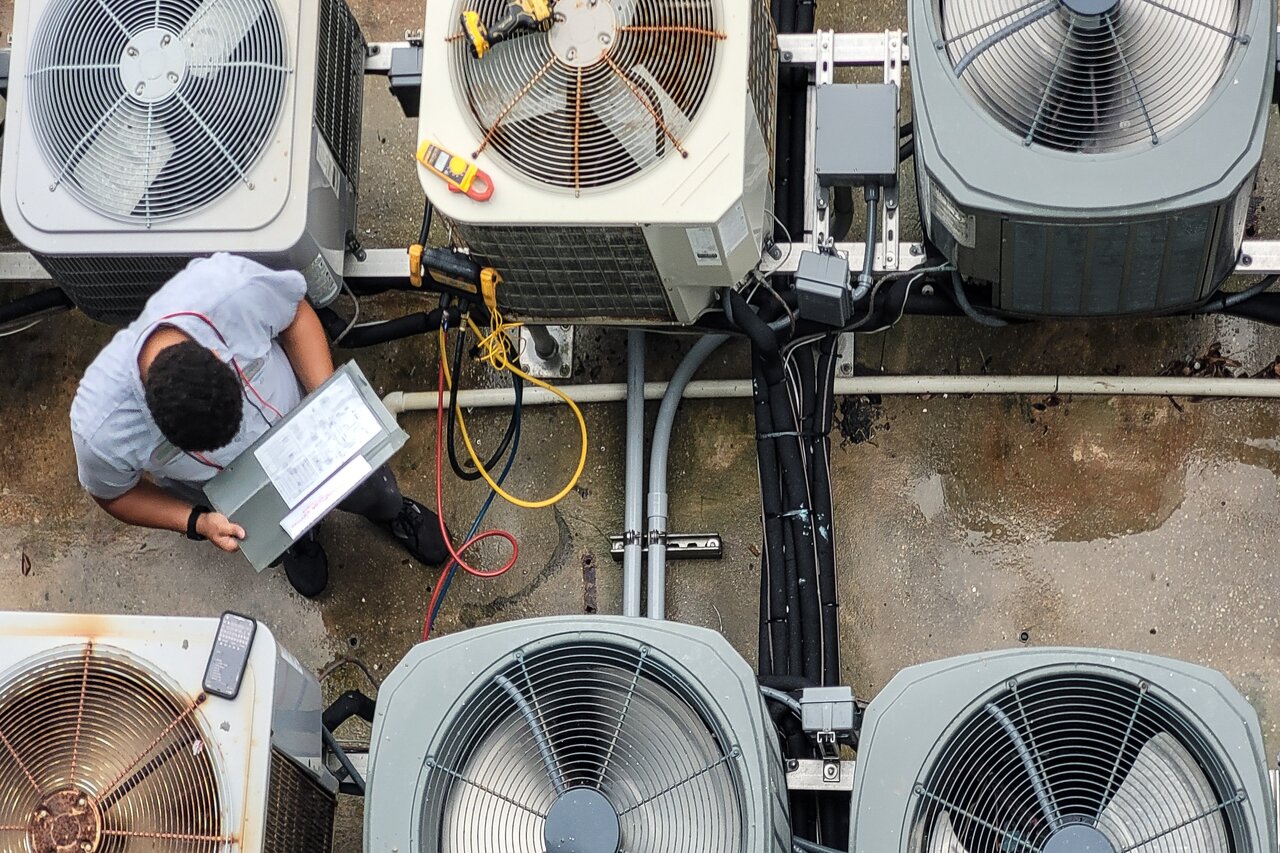Indoor air quality is a crucial factor that significantly influences the health, comfort, and overall well-being of inhabitants. However, it tends to be overlooked, particularly in the context of multi-family housing. Consequently, the need to ensure optimal indoor air quality within these residential settings becomes increasingly important.
In this context, it’s crucial to understand how improved indoor air quality can benefit multi-family housing. Not only does it enhance the well-being and health of the residents, but it also serves as a compelling selling point for potential tenants, considering today’s health-conscious society.
So, examining the direct correlation between improved indoor air quality and the multifaceted benefits it brings to multi-family housing is worth taking. Let Keith Key HVAC dive into the nitty-gritty of how enhancing indoor air quality can revolutionize the way we perceive and experience communal living.
The Importance of Indoor Air Quality in Multi-family Housing
Indoor air quality is a critical aspect of maintaining a healthy and comfortable living environment for residents in multi-family housing. Poor IAQ can contribute to various health issues, such as respiratory problems, allergies, and asthma, as well as negatively impact overall well-being and tenant satisfaction. Here, we will explore several key benefits that improved indoor air quality can bring to multi-family housing.
1. Enhanced Comfort and Well-being
One of the primary benefits of maintaining high indoor air quality is increased comfort and well-being for residents. IAQ is directly linked to the overall environmental quality within a living space. By ensuring that the air is free from pollutants and allergens, residents can enjoy a more pleasant atmosphere and experience less discomfort from respiratory symptoms or allergies.
2. Reduced Health Risks
When indoor air quality is poor, residents may be exposed to a variety of potentially harmful pollutants, such as volatile organic compounds (VOCs), mold, and allergens. These pollutants can cause or exacerbate health issues, particularly for those with existing respiratory conditions. By improving IAQ, residents can reduce their exposure to these pollutants, potentially minimizing the occurrence or severity of associated health problems.
3. Increased Tenant Retention and Satisfaction
Fostering a clean and healthy living environment is essential for retaining tenants and ensuring their satisfaction. Improved indoor air quality can contribute significantly to tenant satisfaction, as residents are more likely to appreciate an environment that supports their health and well-being. This, in turn, can lead to higher tenant retention rates and more positive relationships between property managers and residents.
4. Lower Energy Costs
Optimizing indoor air quality can actually result in lower energy costs for multi-family housing residents and property managers. For example, a well-maintained HVAC system filters pollutants more effectively, improving air quality. At the same time, keeping the HVAC system clean and in good condition contributes to energy efficiency, reducing utility bills.
Essential Tips to Improve Indoor Air Quality in Multi-family Housing
Now that we have discussed the benefits of maintaining high indoor air quality, let’s explore key steps that can be taken to enhance IAQ in multi-family residences.
1. Regular HVAC Maintenance
Proper maintenance of an HVAC system is essential to ensure clean and high-quality indoor air. This includes regular cleaning or replacement of air filters, which should be done at least once every three months, or more often in particularly dusty environments or if residents have allergies. Additionally, scheduling routine inspections and maintenance for the equipment can help identify issues that may contribute to poor air quality.
2. Adequate Ventilation
Providing sufficient ventilation is crucial for maintaining optimal indoor air quality. This means allowing fresh outdoor air to replace stale indoor air and effectively removing indoor pollutants. Property managers can integrate mechanical ventilation systems, such as energy recovery ventilators (ERVs) or heat recovery ventilators (HRVs), which can help exchange indoor air with fresh outdoor air while minimizing energy loss.
3. Humidity Control
Controlling humidity levels is another critical factor in maintaining good IAQ. High humidity levels often lead to mold growth and dust mite proliferation, both of which can significantly impact air quality and residents’ health. To avoid these issues, it is important to maintain humidity levels between 30-50%, which can be achieved through the use of proper ventilation and dehumidifiers.
4. Air Purification Solutions
Incorporating air purifiers into a multi-family residence can be an effective strategy for improving IAQ. These devices are designed to remove airborne pollutants, such as allergens, bacteria, and viruses, further enhancing indoor air quality.
Various types of air purifiers are available, ranging from portable units to whole-building purification systems. Selecting the right solution depends on the residents and the property manager’s specific needs and preferences.
Securing a Healthier Living Environment in Multi-family Housing
Maintaining and improving indoor air quality in multi-family housing offers numerous benefits for residents, including increased comfort, reduced health risks, and greater tenant satisfaction. By implementing the essential tips we discussed, property managers can provide a healthier living environment that supports residents’ well-being and fosters stronger tenant relationships.
As experts in heating and air conditioning services in Crawfordville, FL, we can help you in your quest to improve indoor air quality and safeguard the well-being of your residents. Don’t wait—contact Keith Key Heating & Air today to schedule a consultation and discover how we can help you create a healthier, more enjoyable living environment for all.


